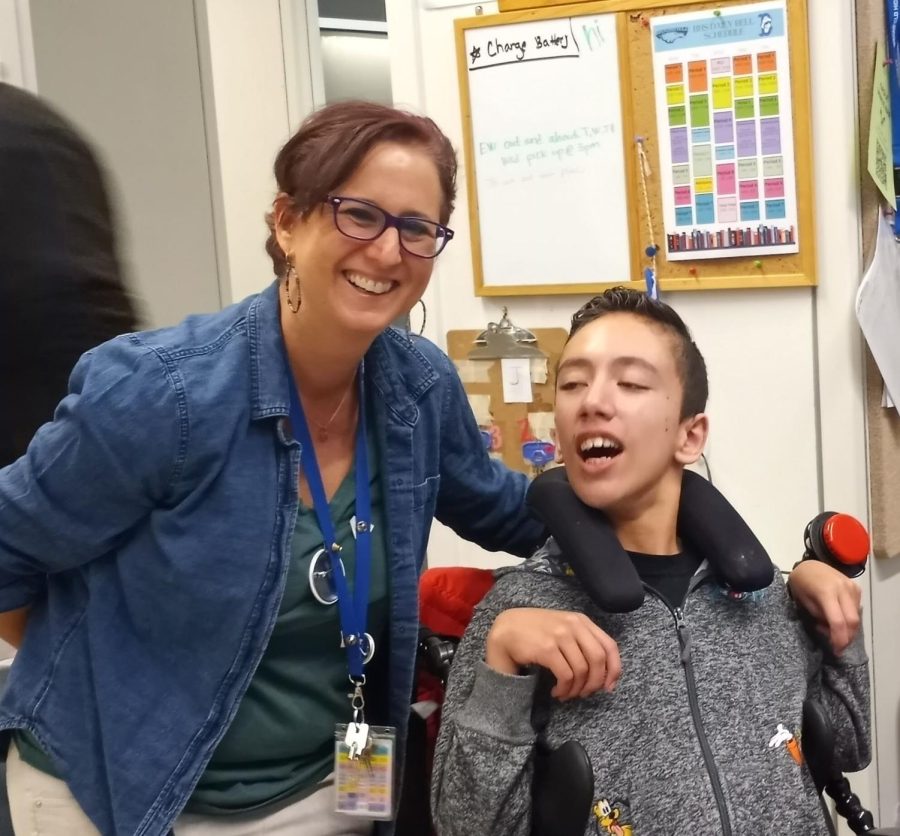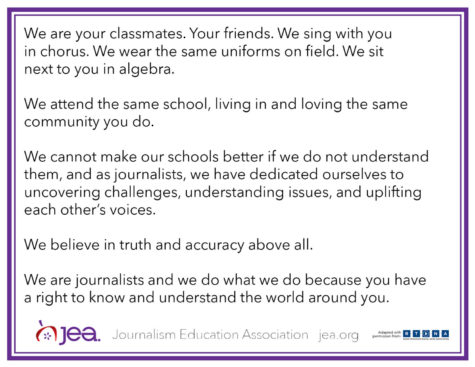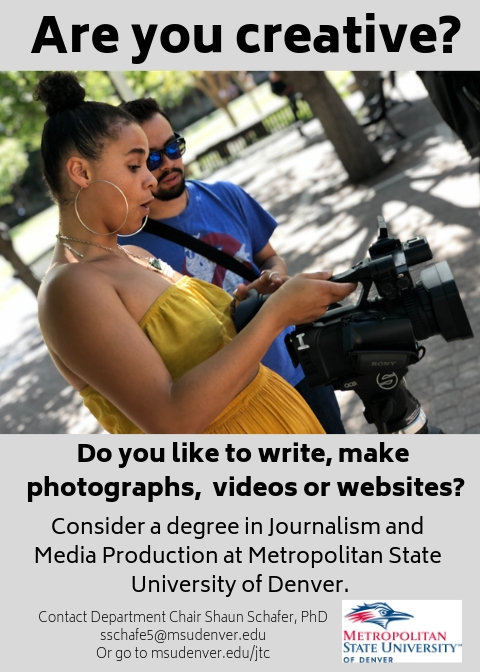Accessibility & Inclusivity: Constantly Improving
Is good enough actually good enough when it comes to accessibility and inclusivity? Are situations in schools improving? What helps an ILC teacher in a school that is not 100% accessible?
What a laugh! Ms. Grayson poses with one of her students, Jadyn (’26). Jadyn is a wheelchair user and can relate to some of the issues and solutions mentioned in the article. Jadyn loves to laugh and make new friends.
September 22, 2022
A report released in July of 2020 revealed that many public schools in the United States have barriers that physically limit potential access for students who have disabilities and/or use wheelchairs. These are things like inaccessible door handles, door vestibules, steep ramps, no way into certain classrooms (for wheelchair users), and more.
This is a big improvement from the past, but as the future approaches, promising new, modern technologies and designs, communities need to step up their game.
“According to our national survey, an estimated 63 percent of school districts have barriers that may limit access for people with disabilities in a quarter or more of their school facilities,” states the report produced by the Government Accountability Office (GAO).
Despite these issues, schools are still finding ways to deal with these barriers. Right here at Broomfield, the Special Education/ILC teachers believe we don’t have enough wheelchair accessible doors to some of the common areas. However, they are finding ways to work around problems with inaccessible doors.
According to ILC teacher, Ms. Grayson, “Ideally, [we would have] a few more wheelchair accessible doors, but what Broomfield High School lacks in wheelchair accessible doors, they make up for with really kind people who attend here. If a student sees us out, I have never not had someone open the doors.”
And while we may have a lack of accessible doors, we are lucky to have a welcoming and caring community. Students are inclusive of those with disabilities and are always kind and respectful.
“Yes, I think it’s a very, very caring community. I think we’re really fortunate here that it’s just natural. And it seems more and more over the years that its less about being taught in a certain way, and more about just becoming part of who everybody is,” said Ms. Grayson.
While the school is already very inclusive and is awesome in that way, there are ways to improve. If you want to be friends with a student with disabilities, but feel like it might be awkward or you don’t know how to, there are so many ways to become friends.
“It should never feel awkward. All relationships take time to form for everybody. So, just reach out! It starts with a smile. It starts with a simple yes/no question, which is always a great question to ask anybody. And it goes from there,” said Ms. Grayson. “And, if you really want to work on forming relationships, join Best Buddies, formerly known as Circle of Friends.”
Accessibility and inclusivity is something that improves greatly every day, in many communities. Many believe that schools are like families, and need to keep this pattern of inclusivity and respect going.
As Ms. Grayson said, “It’s a way of life. And kindness is easy. It’s an easy way to increase everybody’s happiness.” Assist when you see an ILC teacher in need of help with a door, make friends with students who may have a hard time doing so otherwise, and just be a welcoming member of the community.






